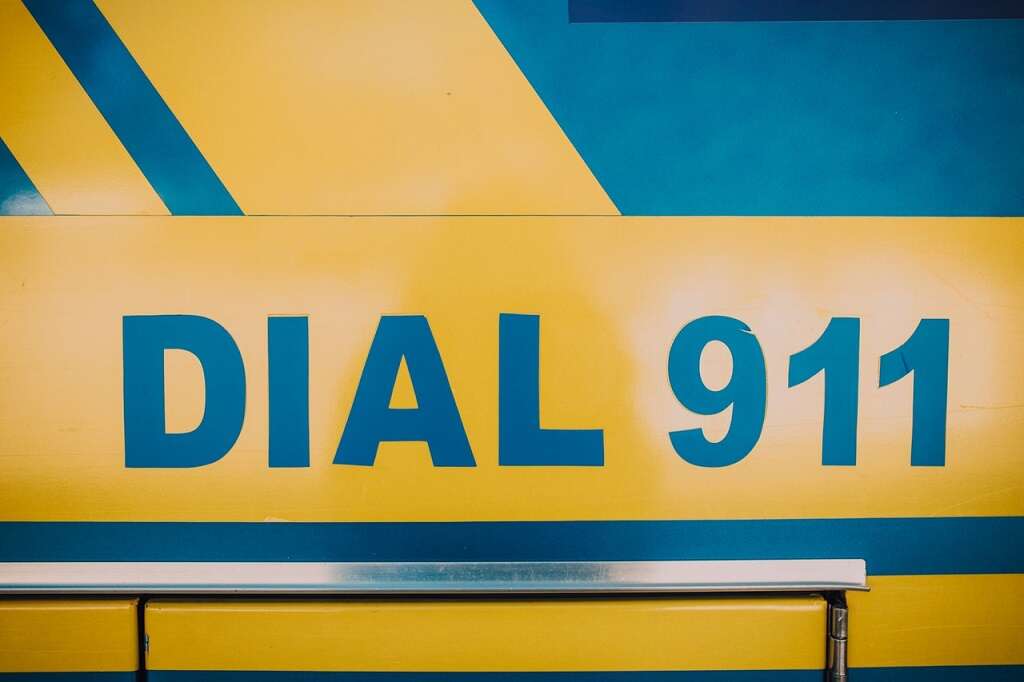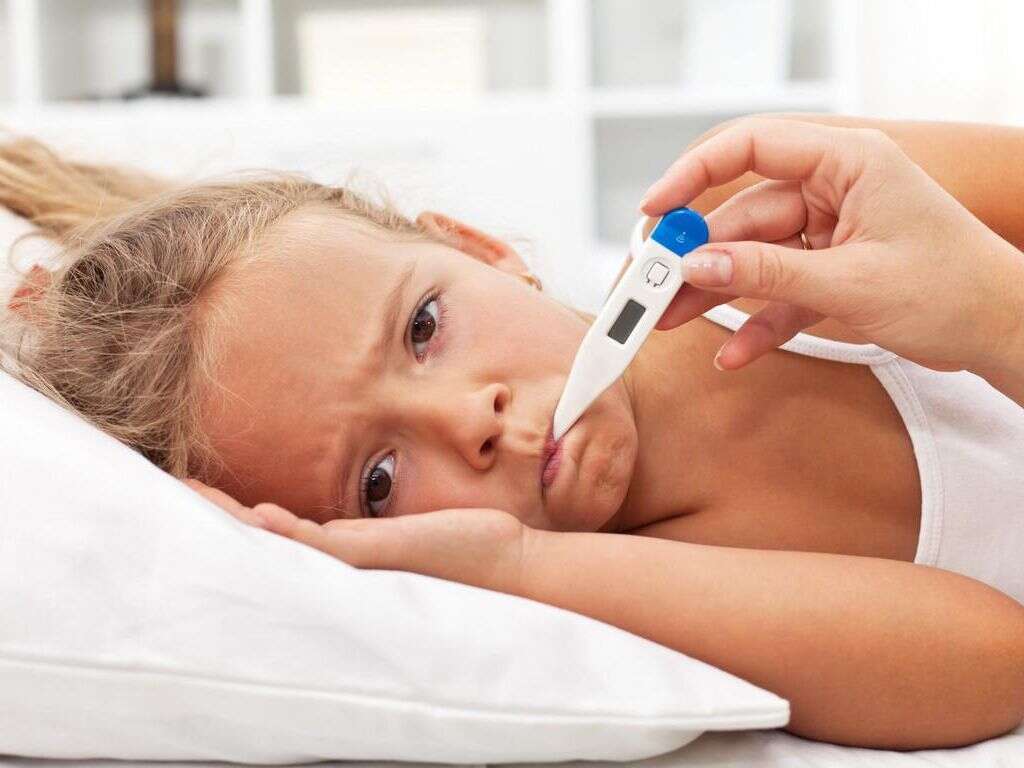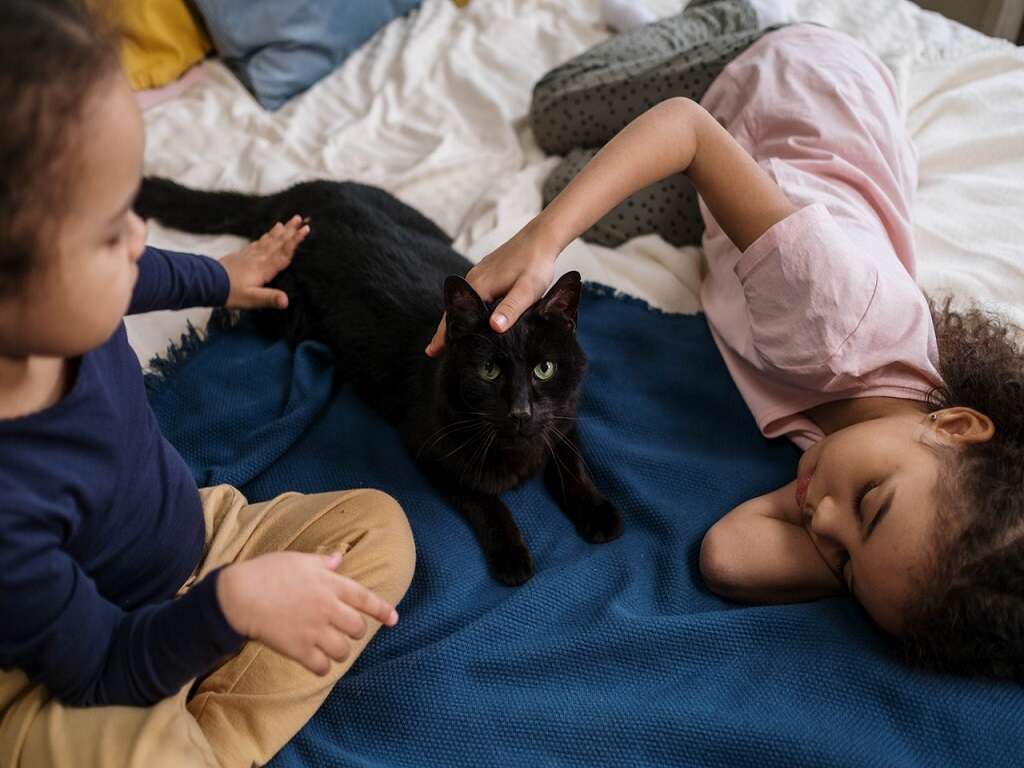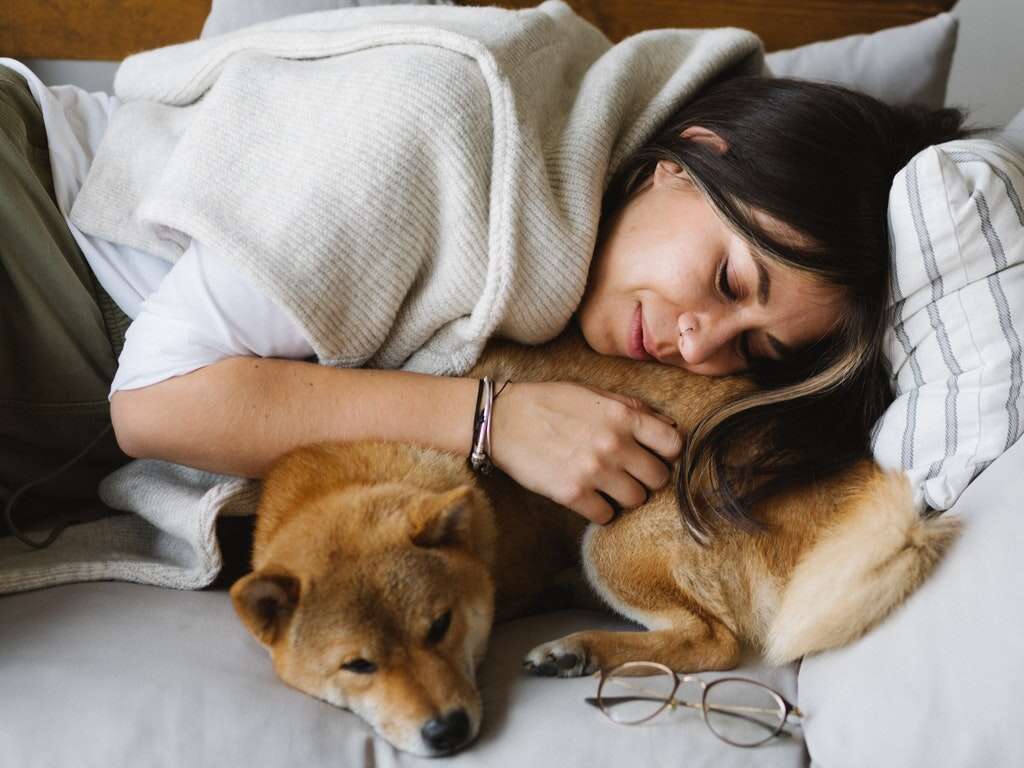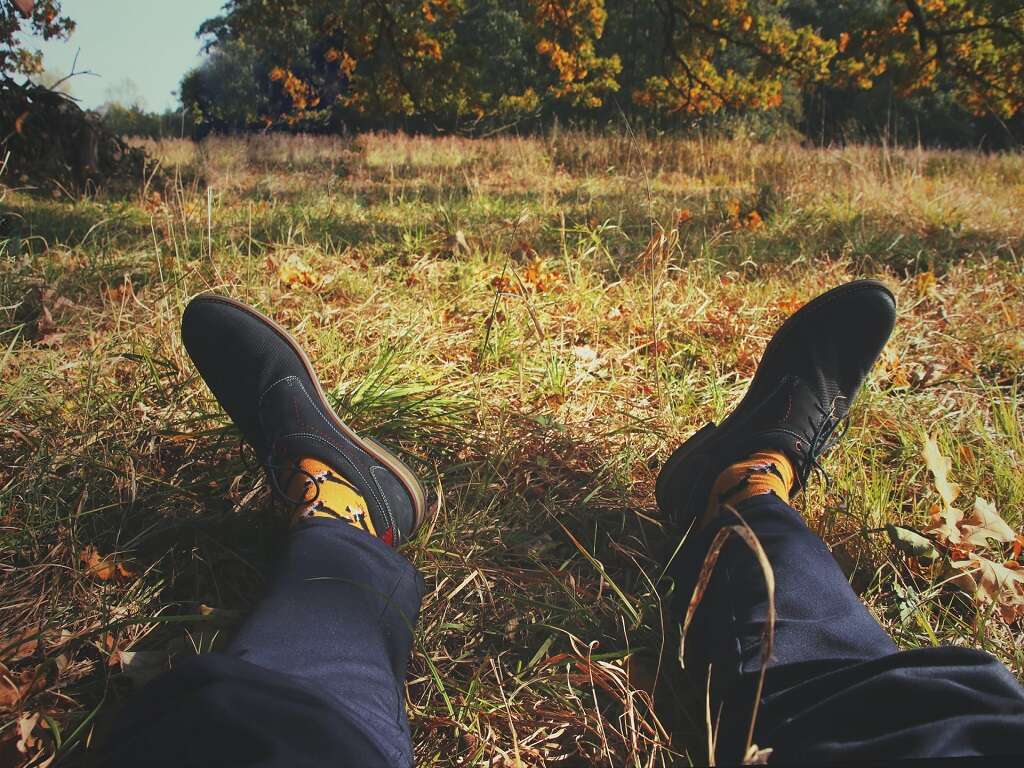10 Febrile Seizure Symptoms
 Article Sources
Article Sources
- 1. 'Febrile Seizures: What Are They, Symptoms, Treatment & Prevention.' Cleveland Clinic, my.clevelandclinic.org/health/diseases/7001-febrile-seizures
- 2. 'Febrile Seizure - Symptoms and Causes.' Mayo Clinic, 24 Feb. 2021, www.mayoclinic.org/diseases-conditions/febrile-seizure/symptoms-causes/syc-20372522
- 3. 'Febrile Seizures.' Nemours KidsHealth - the Web's Most Visited Site About Children's Health, kidshealth.org/en/parents/febrile.html
Fevers are a common way the body fights illness. However, in some small children, the change in body temperature can cause unusual electrical activity in the brain. This causes convulsions and unconsciousness in what's called a febrile seizure.
These seizures are common for children between six months and five years old. Any child can have a febrile seizure, even if they are generally healthy. Seizures can be frightening, but in most cases, the child will recover quickly. Parents can give themselves peace of mind and respond appropriately by learning which symptoms are typical and which merit a trip to the hospital.1‘Febrile Seizures: What Are They, Symptoms, Treatment & Prevention.’ Cleveland Clinic, my.clevelandclinic.org/health/diseases/7001-febrile-seizures
Fever
Febrile seizures differ from epileptic seizures in that febrile seizures are triggered by a fever. It does not take an extremely high temperature. Children with fevers as low as 100.4 degrees F (38 degrees C) could have a febrile seizure before anyone knows they're ill.2‘Febrile Seizure - Symptoms and Causes.’ Mayo Clinic, 24 Feb. 2021, www.mayoclinic.org/diseases-conditions/febrile-seizure/symptoms-causes/syc-20372522
Any seizure should be reported to the child's doctor even if it was short and the child has recovered. Many single instances of febrile seizure do not require any further medication or management but doctors will usually perform a physical exam and monitor future illnesses. Children who have had a febrile seizure may go on to have another.3‘Febrile Seizures.’ Nemours KidsHealth - the Web’s Most Visited Site About Children’s Health, kidshealth.org/en/parents/febrile.html
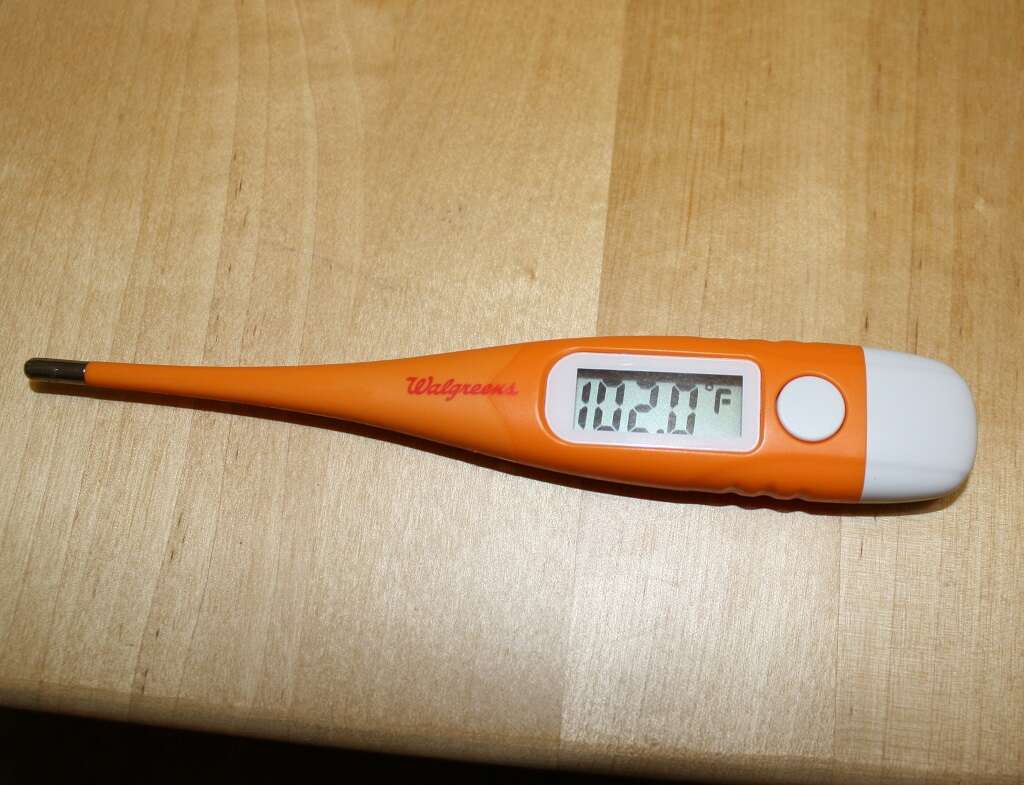
Loss of Consciousness
During a febrile seizure, it's common for children to pass out or lose consciousness. They may not be experiencing convulsions the entire time and they may not wake up immediately upon the seizure seeming to end.
Children having seizures are not typically aware of what's happening around them. They are not in pain or afraid.1‘Febrile Seizures: What Are They, Symptoms, Treatment & Prevention.’ Cleveland Clinic, my.clevelandclinic.org/health/diseases/7001-febrile-seizures Upon waking from a febrile seizure, a child could be confused or sleepy.3‘Febrile Seizures.’ Nemours KidsHealth - the Web’s Most Visited Site About Children’s Health, kidshealth.org/en/parents/febrile.html

Muscle Contractions
Many people picture convulsions when they hear the word seizure. Febrile seizures do commonly include shaking and jerking muscles. The child's entire body may stiffen or thrash. They are not able to control this movement.1‘Febrile Seizures: What Are They, Symptoms, Treatment & Prevention.’ Cleveland Clinic, my.clevelandclinic.org/health/diseases/7001-febrile-seizures
It may be tempting to hold the child down, but this is not safe. The safest response is to gently ease the child to the ground and clear the area of sharp or hard objects. Then calmly watch for further symptoms.2‘Febrile Seizure - Symptoms and Causes.’ Mayo Clinic, 24 Feb. 2021, www.mayoclinic.org/diseases-conditions/febrile-seizure/symptoms-causes/syc-20372522

Shaking on One Side
There are two types of febrile seizures. Simple febrile seizures are common, short and typically do not occur more than once in 24 hours. Complex febrile seizures are more serious. They can be more frequent, last longer and show unusual patterns.
One notable symptom of a complex febrile seizure is that the shaking is localized to one body part or side of the body. If parents see this, they should call an ambulance. Anti-seizure medication may be needed.3‘Febrile Seizures.’ Nemours KidsHealth - the Web’s Most Visited Site About Children’s Health, kidshealth.org/en/parents/febrile.html
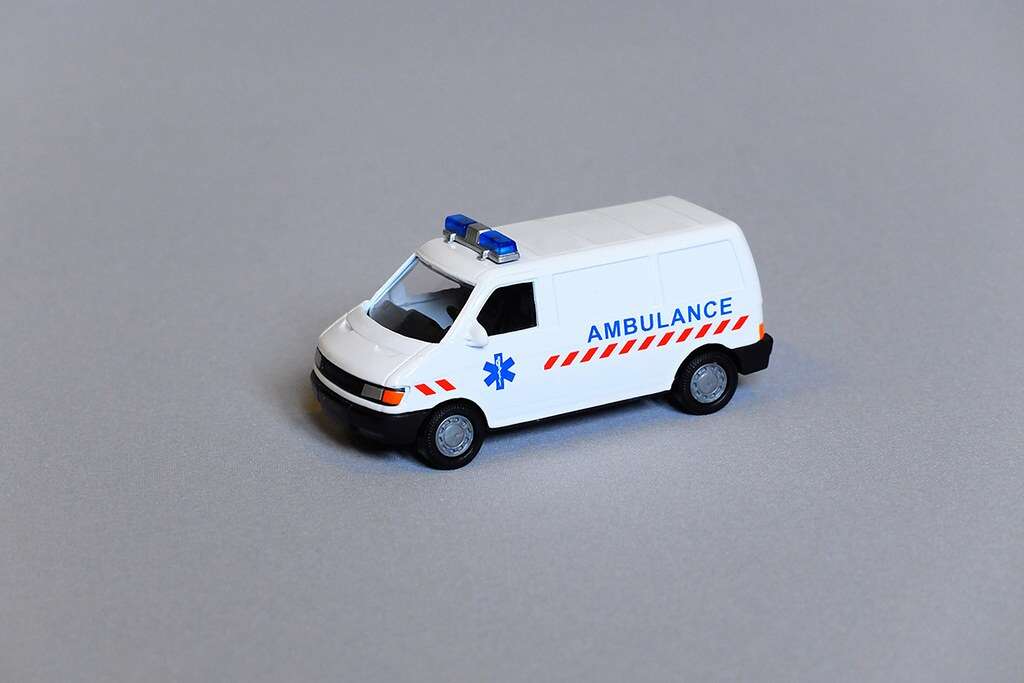
Moaning
During a typical febrile seizure, a child may make strange sounds. They could moan or vocalize. Moaning does not necessarily mean that the child is conscious or that they understand what is happening. While it can be scary, this is a common symptom and not an emergency.
Sounds are expected, but adults nearby should listen to ensure the child is not gagging or choking. Laying the child on their side can be a good way to help keep their airway clear.3‘Febrile Seizures.’ Nemours KidsHealth - the Web’s Most Visited Site About Children’s Health, kidshealth.org/en/parents/febrile.html
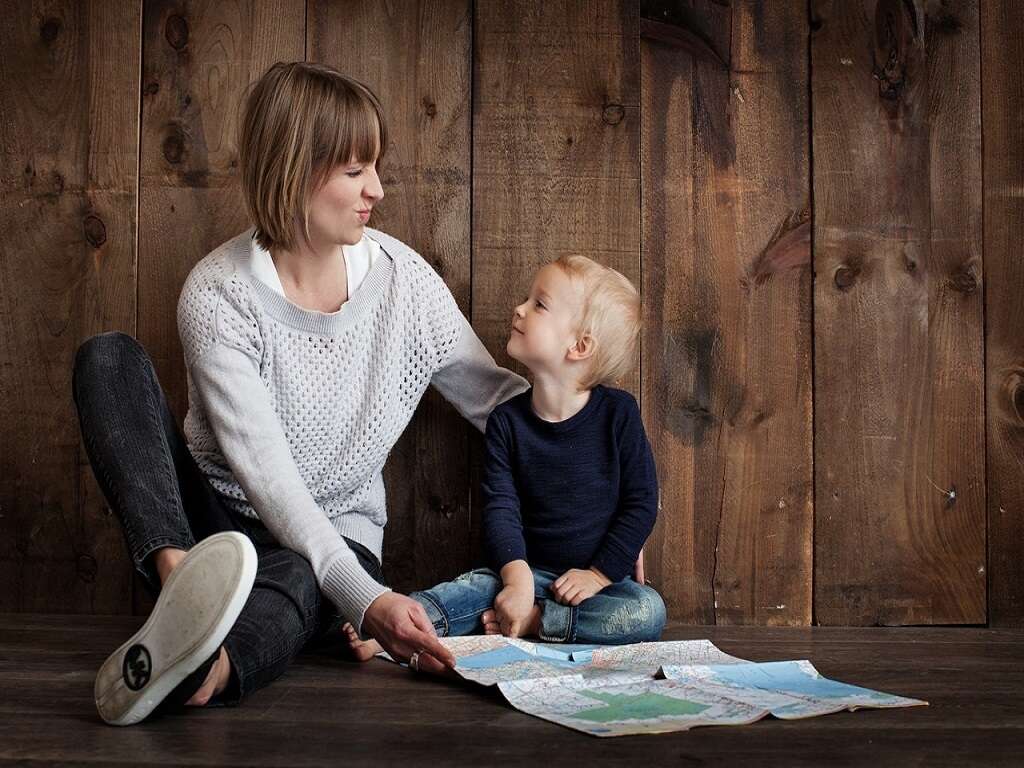
Vomiting
There could be vomit or foam coming from a child's mouth during a febrile seizure. If the child is not already on their side, they should be turned to their side while vomiting to prevent choking. Nearby adults should not attempt to pick them up or place anything in their mouth during the seizure.1‘Febrile Seizures: What Are They, Symptoms, Treatment & Prevention.’ Cleveland Clinic, my.clevelandclinic.org/health/diseases/7001-febrile-seizures
Vomiting during a febrile seizure is a symptom that merits concern. It could be a sign of meningitis, especially if the child also complains of a stiff neck.2‘Febrile Seizure - Symptoms and Causes.’ Mayo Clinic, 24 Feb. 2021, www.mayoclinic.org/diseases-conditions/febrile-seizure/symptoms-causes/syc-20372522

Urination
A child having a febrile seizure cannot control their body. Even children well past potty training may lose control of their urine or soil their pants during a febrile seizure.1‘Febrile Seizures: What Are They, Symptoms, Treatment & Prevention.’ Cleveland Clinic, my.clevelandclinic.org/health/diseases/7001-febrile-seizures
This may be embarrassing for the child when they wake up. It's important to remember this is not a reaction they have control over. It is not safe to put a seizing child in water, but after the seizure has passed they can wash off.3‘Febrile Seizures.’ Nemours KidsHealth - the Web’s Most Visited Site About Children’s Health, kidshealth.org/en/parents/febrile.html

Eyes Rolling
Febrile seizures are caused by abnormal electrical activity in the brain. This can send signals to the muscles and to the eyes. The eyes of a child having a febrile seizure may roll back into their head or persistently drift to one side.
In a typical febrile seizure, the symptoms will end on their own within a few minutes and the child will recover quickly. If this does not happen, an ambulance may be needed.1‘Febrile Seizures: What Are They, Symptoms, Treatment & Prevention.’ Cleveland Clinic, my.clevelandclinic.org/health/diseases/7001-febrile-seizures
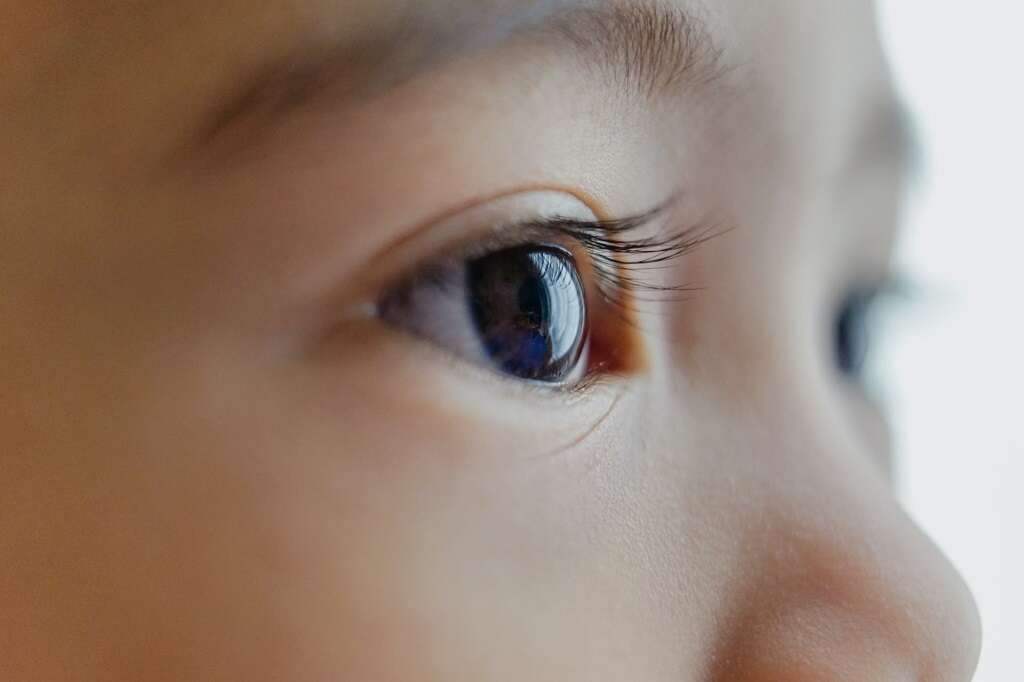
Repeated Seizures
Febrile seizures are commonly short and singular. When they're not, this is a symptom of a more serious problem. If a child has more than one seizure within 24 hours, they should go to the hospital. This might be complex febrile seizures.3‘Febrile Seizures.’ Nemours KidsHealth - the Web’s Most Visited Site About Children’s Health, kidshealth.org/en/parents/febrile.html
It's useful to time a seizure. It should only last a few minutes. If the seizure lasts longer than two or three minutes or is associated with breathing problems, stiff neck or vomiting, adults should call an ambulance right away.1‘Febrile Seizures: What Are They, Symptoms, Treatment & Prevention.’ Cleveland Clinic, my.clevelandclinic.org/health/diseases/7001-febrile-seizures
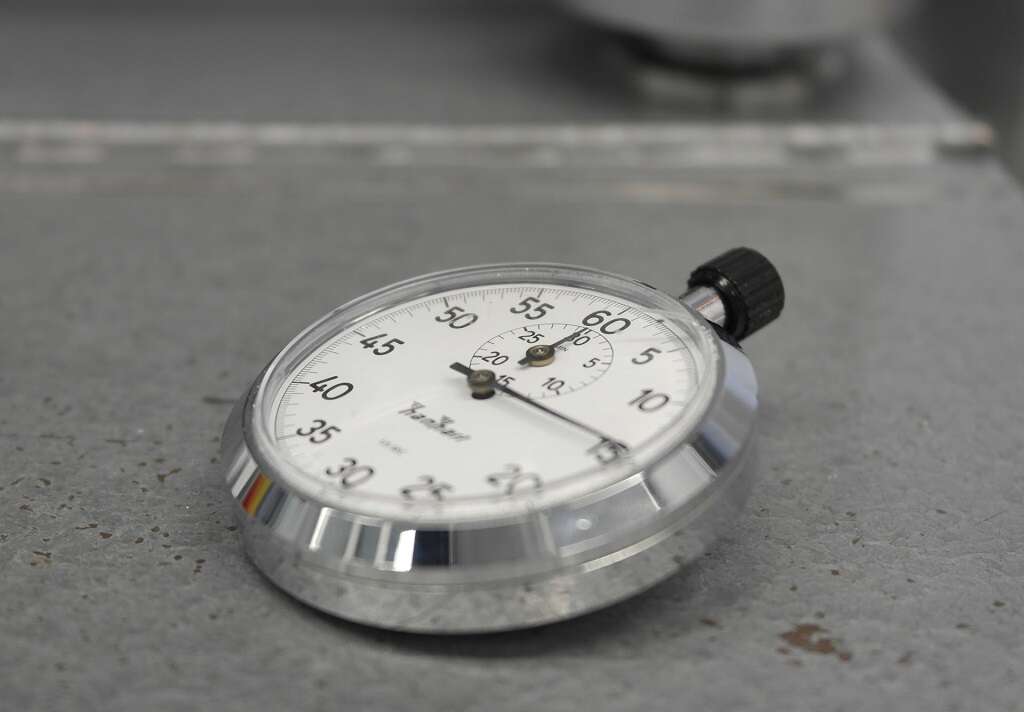
Breathing Difficulties
A child having a febrile seizure may breath strangely or pause in breathing for several seconds. They may take gulping deep breaths when the seizure ends. The electrical signals in the brain can affect the muscles that control breathing.1‘Febrile Seizures: What Are They, Symptoms, Treatment & Prevention.’ Cleveland Clinic, my.clevelandclinic.org/health/diseases/7001-febrile-seizures
Adults should call an ambulance if a child is struggling to breathe. If the lips or face start to take on a purple or blue tint, that's another sign that the child is not getting oxygen and needs emergency help.3‘Febrile Seizures.’ Nemours KidsHealth - the Web’s Most Visited Site About Children’s Health, kidshealth.org/en/parents/febrile.html
